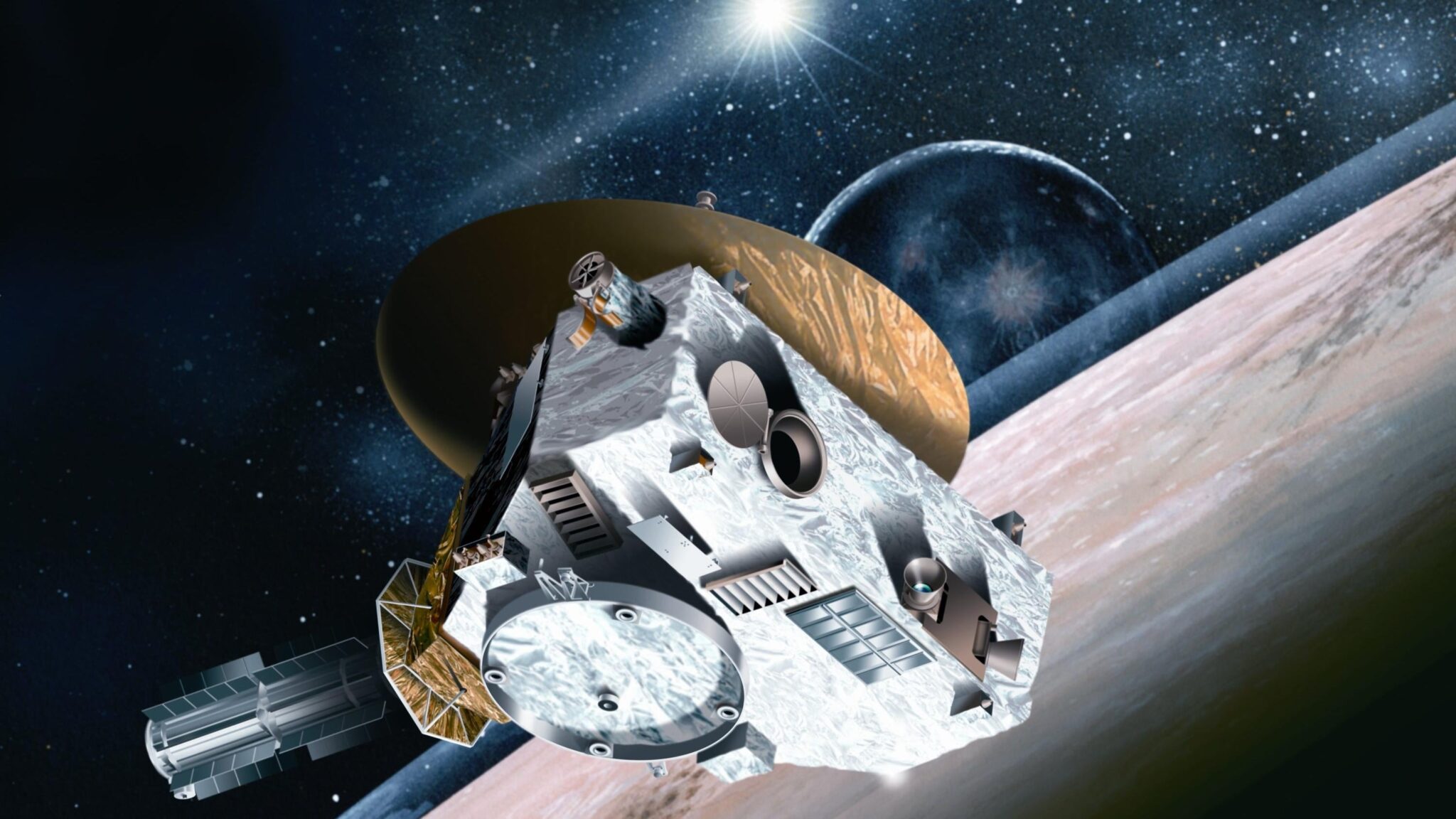For almost 15 years, NASA’s New Horizons space probe has been plowing through outer space, exploring the most remote corners of our Solar System after visiting Pluto. But now when the spacecraft got there, NASA made an unexpected change in mission plans. According to the space agency, the main goal of the mission is changing to the study of mysterious objects hiding in the Kuiper asteroid belt, to study the environment at long distances from the Sun. This abrupt change of plans has greatly upset the scientists in charge of the mission, Gizmodo reports.

The mission’s scientific team expressed disappointment with NASA’s proposal, claiming that the New Horizons spacecraft was functioning and transmitting important data from its unique position from distant parts of the Solar System. New Horizons is the fifth spacecraft to reach this distance after Voyager 1 and 2, as well as their predecessors, Pioneer 10 and 11.
“NASA spent almost a billion dollars to get this spacecraft to the Kuiper Belt, and then diverted it from its main goal. No spacecraft has ever explored the Kuiper Belt before and no spacecraft has plans yet to come again. We know that if New Horizons is forced to quit exploring the Kuiper Belt, that will be the end of any Kuiper Belt exploration by spacecraft for decades because it takes so long to get out there,” commented Alan Stern, the mission’s principal investigator.
What is the point of changing the New Horizons goal?
The original purpose of the mission was to study the worlds that hide at the edge of our Solar System and remain mysterious to us. Therefore, changing the priority of the mission raises an interesting question: why change the main goal?
New Horizons has already made an amazing contribution to our understanding of the Solar System. The spacecraft has carefully studied the icy surface of Pluto, revealing some of its secrets. In 2019, it also flew past an interesting Kuiper Belt object called Arrokoth. But now Kuiper objects have run out of the way of the spacecraft for the upcoming flyby, so it is increasingly difficult for senior NASA scientists to prove the importance of future planetary scientific missions.
Last month, a group of space agency experts concluded in their review report that New Horizons would be unlikely to receive useful data from further study of Kuiper Belt objects, since the spacecraft lacked the resources for long-term observations of the light curves needed for the proposed goals in the field of planetary science.
Simply put, the agency aims to turn a priority mission into a heliophysical one.
Scientists Against Changes
But Alan Stern and a group of scientists who supported him criticize NASA’s decision to change the priority of the mission, which has been preparing for almost 15 years. Stern and his team, along with other members of the scientific community, tried to convince NASA to change its mind about redirecting the mission.
“New Horizons has enabled uninterrupted heliophysics measurements throughout the heliosphere for over a decade. There’s no reason to turn this into a battle between these two things. The spacecraft can easily produce both without affecting costs. We think it’s unwise and a bad use of NASA money to move the mission away from Kuiper Belt exploration,” Stern explained.
Earlier we reported on how New Horizons showed us Pluto and the Kuiper Belt.
Follow us on Twitter to get the most interesting space news in time
https://twitter.com/ust_magazine

